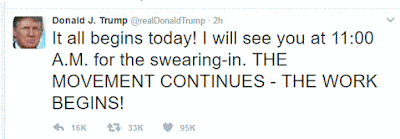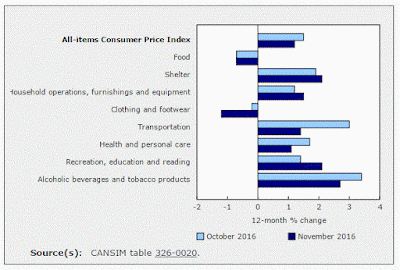Buy American! (But It Will Cost You More!)
It is easy work to cut a trade deficit: export more goods and services and import less. If you want to export more, you need to be more competitive in off-shore markets. One way to get more competitive is to lower prices. The cost of your home currency relative to the currencies of the countries into which you are to export is crucial. So is the cost of production (including labour).
For the US, "Buy American, Hire American" policies will push costs up and likely push prices up making exports less competitive, unless the $US is falling enough to offset this. Trade tariff's (imposed by the importing country) can also add to increased costs (so one would think that it would be in the best interest of the exporting country to negotiate the lowest possible cost barrier (hence "free"-trade).
As the US is a net importer of goods and services (more imports than exports), one would think that growing exports (economically positive) would be more beneficial than shrinking imports (economically negative) with tariffs to get better balance.
As for S&P 500 revenues (upon which these 500 US companies are able to grow their earnings), some 30% plus come from exports.
If a trade war (increased trade tariffs on US exports, by importing countries) follows the US strategy of protectionism (higher tariffs on imports), S&P 500 revenues will decline, followed by earnings.
Some may argue that more working Americans will spend more on US ("Buy American") goods and services to offset this. I will argue that higher prices will push workers to demand more income (higher labour costs, from a shrinking labour pool) and that this will bring higher inflation and higher borrowing costs (more cost increases).
Nonetheless, if your sales revenues are falling and your production costs are rising, it will take a substantial reduction in taxes (proposed) to just offset this.
Assume revenue goes down 5% and costs go up 5% and taxes are cut by 20%: anyway you look at it, it is negative for the bottom line which can't be good for the economy.
Without increased tax revenue (from a stronger economy) government debt and deficits (higher infrastructure spending) will build and the outcome will not be good.
Feedback...
If you would like to receive this blog directly into your inbox...






























